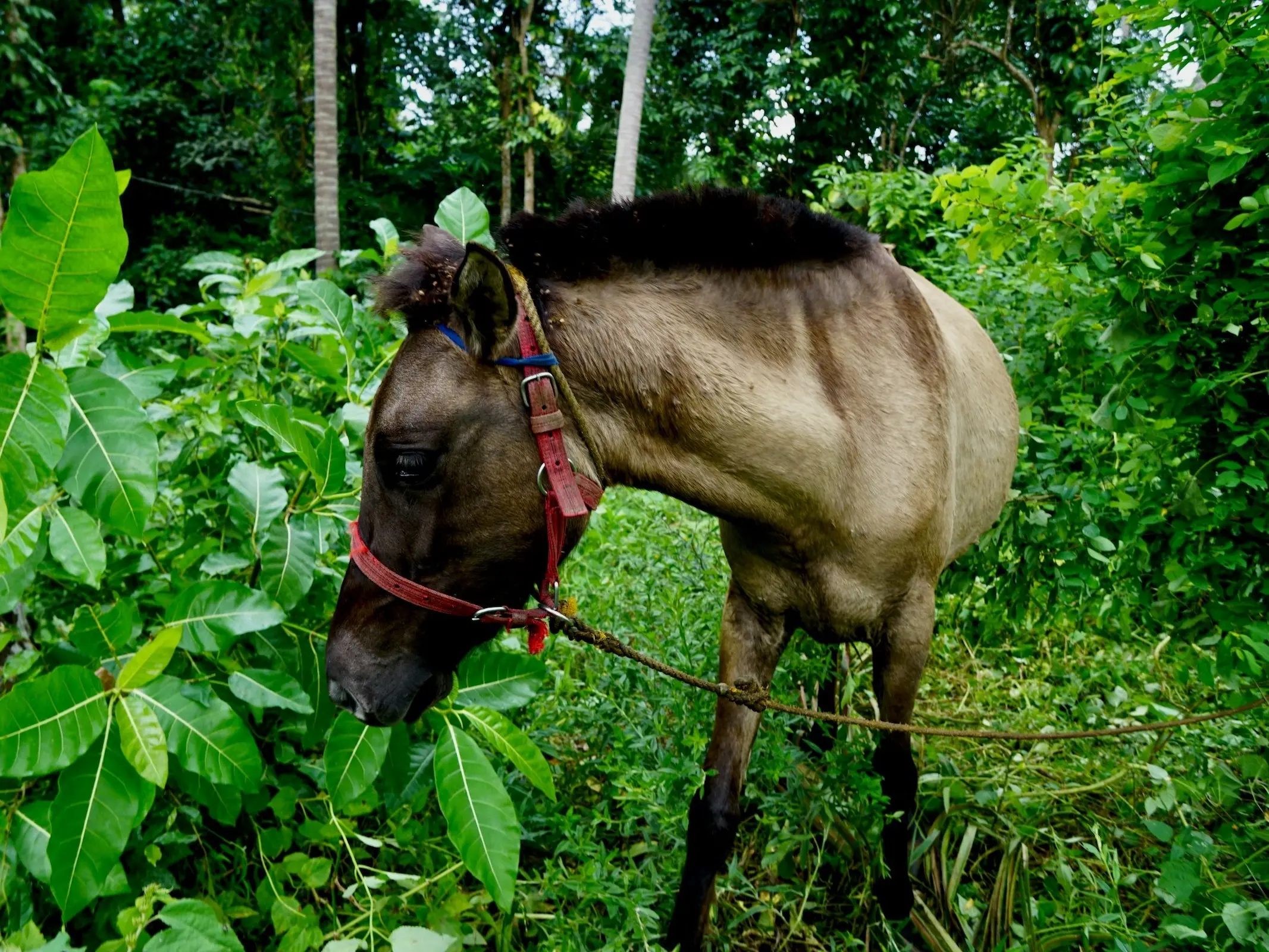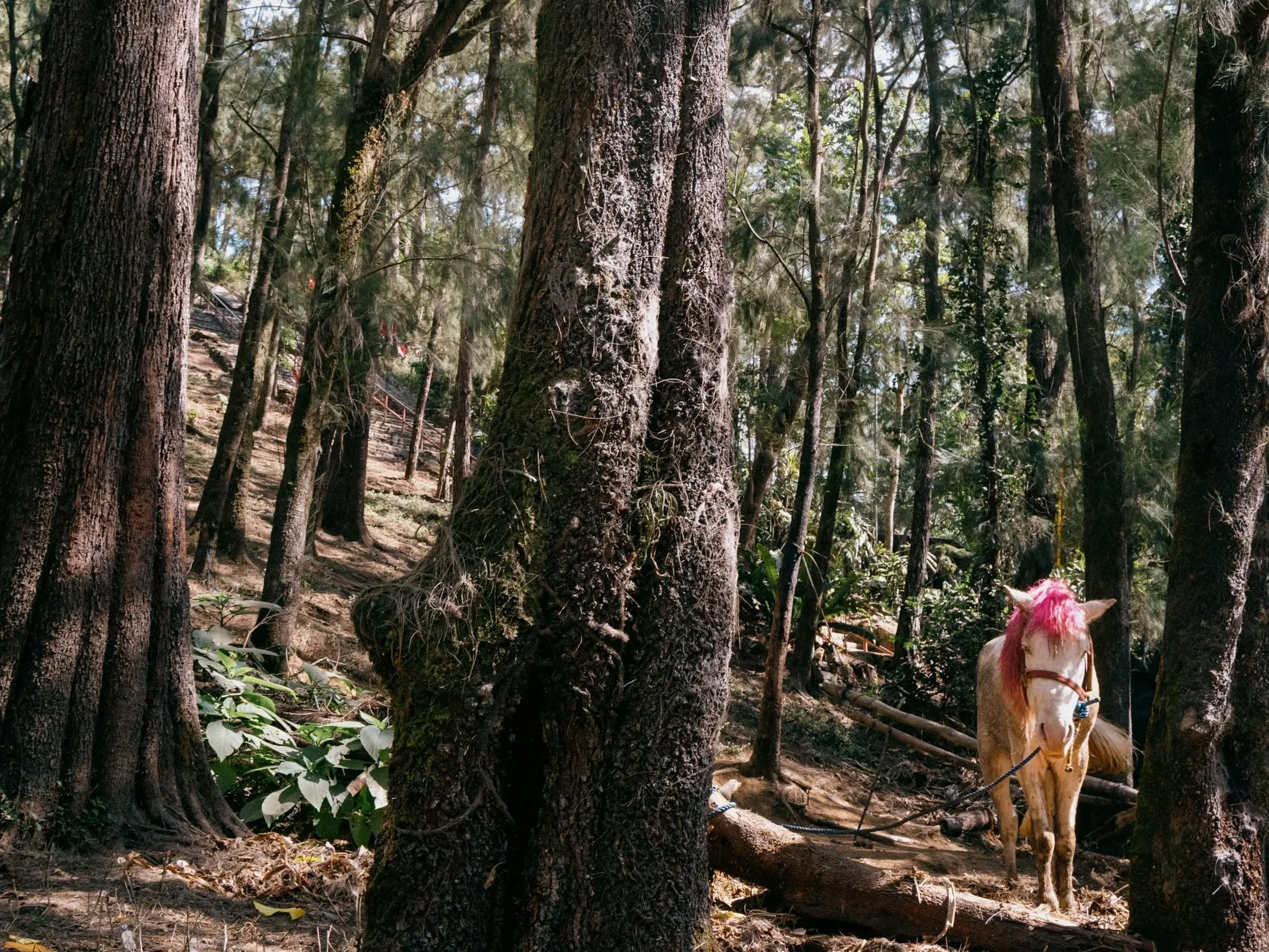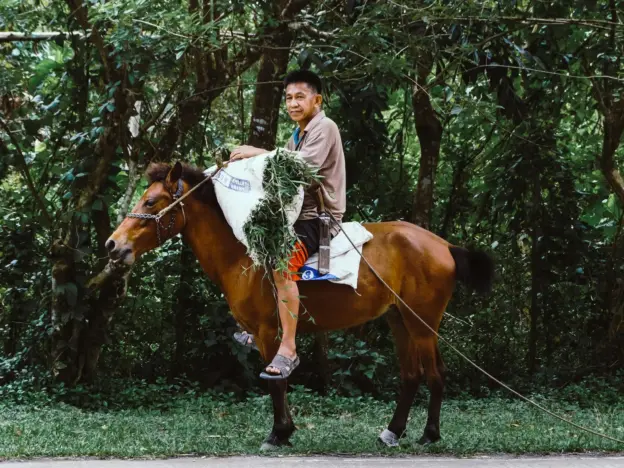Intro
The ancestors of the Baguio or Philippine Pony came with Chinese, Brazilian and South American marketeers and dealers who came into the Philippines to trade, then left their animals behind.
Origins
Because of the extreme climate, a small and extremely robust pony developed alongside the similar Baguio Horse. In the early 18th century, the country was over-run with horses and cattle, but the races began to degenerate. Spanish and Arabian horses were used to increase numbers while improving the small herds, virtually saving them. Due to lack of serious breeding programs their bloodlines have become muddy.
Trail Ponies
Today these tough little ponies have been reduced to an area around Wright Park in the central Baguio city where they are used for tourist attractions and pony rides. They are handled by locals, called “pony boys” who make their living caring for the animals. The boys help children and their parents with pony trail rides. The pony boys also have festivals at different times of the year, where they compete with each other by racing through the city.
It should be noted that the DAD-IS lists both horse and pony as Philippine Pony, so they are not officially counted as separate strains. However, the images we found showed different types. The small ponies are obvious members of the Southeast Asian pony group. However some of the larger animals are clearly more refined horses and speak to Arabian influence.
Features
Average height 13.2 hands
The ponies are extremely hardy and strong
Traditional Colors
All colors
Temperament
Kind and willing
Use
Trail ponies
Riding pony
Transportation
Racing
More Images


